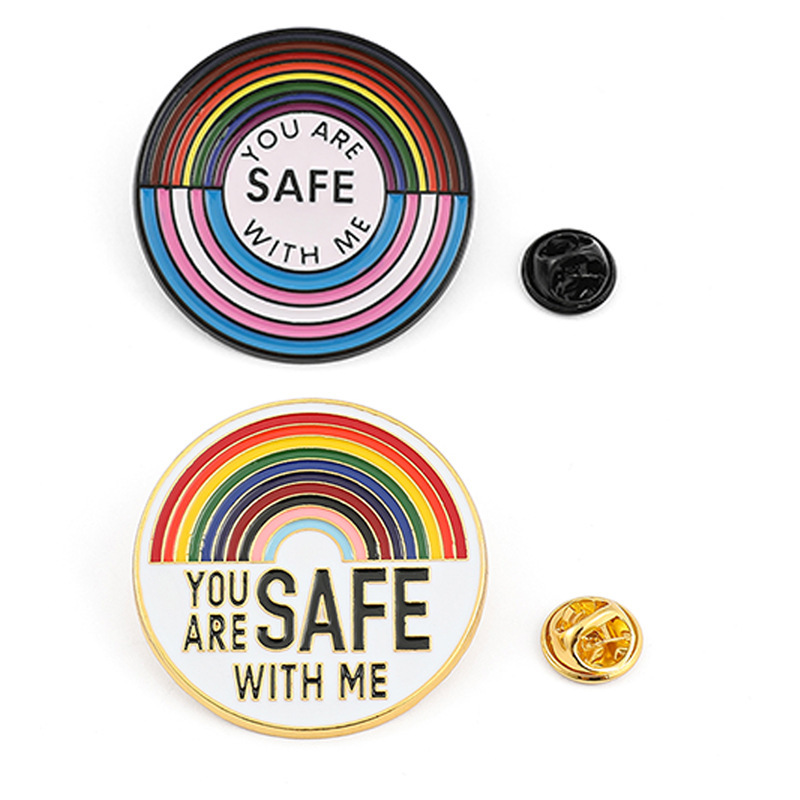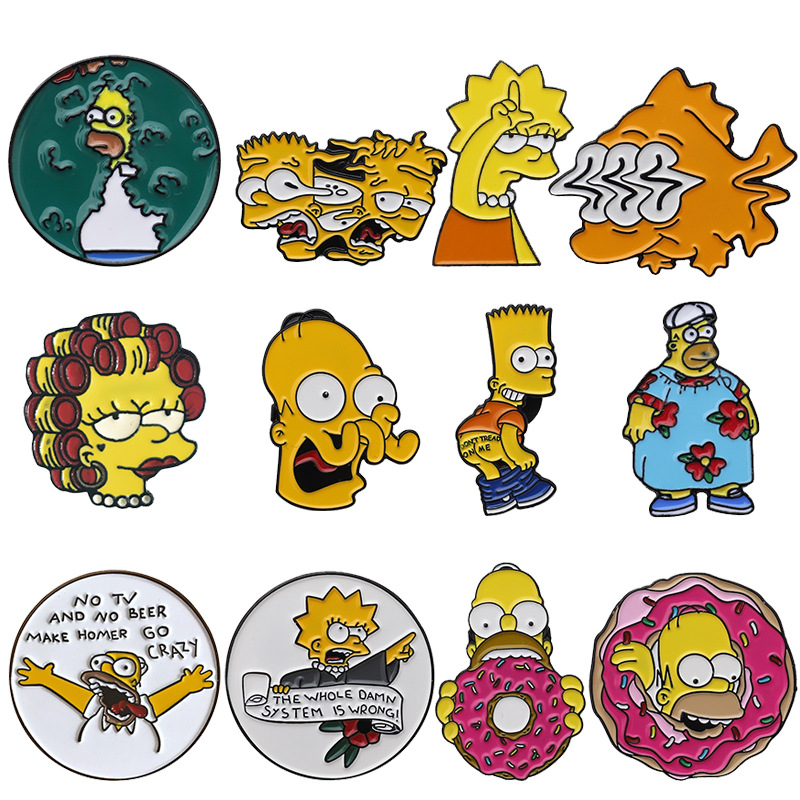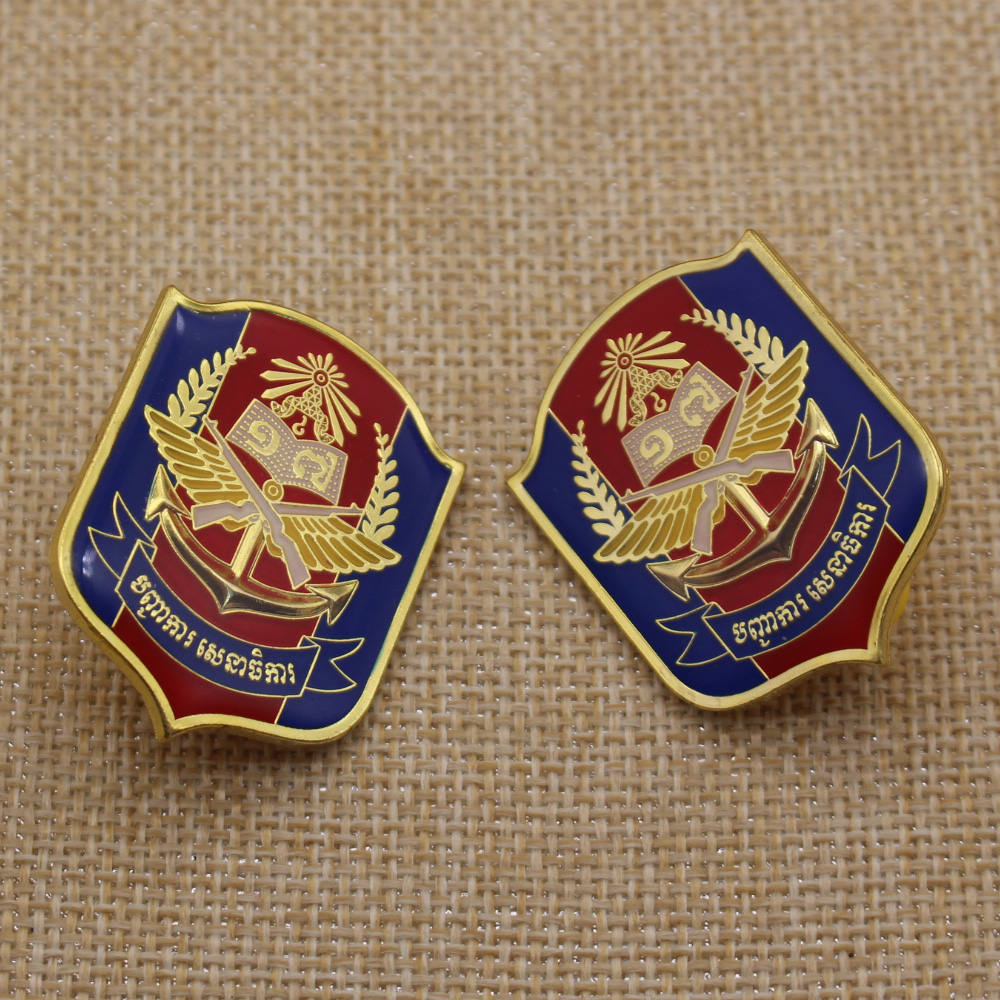Why are custom pins so expensive
Table of Contents
Key Highlights
- Custom pins involve intricate craftsmanship, from designing to material selection and production.
- Costs vary based on design complexity, material choices (like hard enamel or zinc alloy), and production techniques.
- While seemingly small, factors such as size, enamel type, and finishing details affect the overall cost.
- Limited editions and small batch orders tend to be pricier due to economies of scale.
- Hidden costs, including packaging, shipping, and marketing expenses, contribute to the final price.
Introduction
Have you ever thought about why shiny custom pins and enamel pins cost more than regular button badges? The price isn’t just about the materials. It’s also about the careful work, special processes, and the costs of making things unique that go into each pin. The overall cost shows the skill, materials, and special ways of making that are involved.
The Craftsmanship Behind Custom Pins
Custom enamel pins are different from mass-produced items. They go through special steps to create them. It starts with a design idea and ends with a finished product. Skilled artists and special tools are needed at each step. This attention to detail and the use of good materials make custom enamel pins more expensive than items made in large quantities.
Understanding the Design Complexity
The design of the pin greatly affects its cost. Detailed designs, many colors (especially in hard enamel pins), and special shapes take more time and skill to make. For example, custom enamel pins that have gradients or different color parts need a complicated process called color separation. Each color has to be applied and fired one at a time. This longer process raises both the time and cost of production. In contrast, simpler designs are easier to create. This makes them cheaper to produce per pin.
The Role of Artisan Skills in Pin Creation
The making of lapel pins, especially high-quality ones, needs both creativity and technical skills. The process includes making molds, casting metal, filling with enamel, and polishing. Each step involves talented workers. The more detailed the design or the more customization options there are, the more important skilled labor is. These workers make sure each pin is made to high-quality standards, which helps explain the price of custom pins.
Materials and Their Impact on Cost
The kind of metal, enamel, and plating used for custom pins impacts how they look and their price. Strong metals like zinc alloy or stainless steel make pins last longer and look great but can be more expensive. Also, the type of enamel and plating effects the final appearance and the overall cost.
Premium Materials for Durability and Aesthetics
Hard enamel pins are popular for their smooth and shiny finish. They are usually made from quality metals like zinc alloy or stainless steel. These materials are strong and resist scratches and tarnish, giving pins a better quality feel. The enamels used in hard enamel pins are also of a finer grade. This makes the colors more vibrant and long-lasting. All these points make hard enamel pins more expensive than others.
Rare Materials and Custom Orders
If you’re looking for something truly unique, using rare materials or requesting highly customized features will increase the overall cost. Think precious metal plating, glow-in-the-dark effects, or intricate 3D designs. Here’s a look at how material choices can influence the cost:
Material | Price Range | Notes |
Iron | Low | Most affordable but less durable |
Zinc Alloy | Medium | Good balance of cost and durability |
Stainless Steel | High | Premium look and excellent durability |
Brass/Copper | High | Unique aesthetics, often for antique finishes |
The more intricate your design and the rarer your material choices, the higher the custom orders overall cost will be.
Production Techniques That Drive Up Prices
The way custom pins are made is very important to their price. For example, handcrafted pins take a lot of time and skill from artisans. Machine-made pins also need special machines and skilled workers to create them. Choosing between handcrafted and machine-made pins, as well as the amount of detail needed, will affect how much they cost.
Handcrafted Versus Machine-Made Pins
Handcrafted pins are seen as tiny pieces of art. Each pin is made with care by skilled craftsmen. It takes them hours of hard work to create these pins. They shape the metal and carefully add enamel colors. This careful process makes each piece unique, which also means they cost more. On the other hand, machine-made pins are created using specialized equipment. This equipment helps make the pins faster and at a lower cost for each pin.
The Cost of Precision and Customization
Getting high detail and precision in custom pins often needs special machines and methods. Making the mold, which is needed to give the pin its shape, can be a complicated task. The mold cost is usually a one-time payment, but it adds to the total price, especially for smaller quantities. The more detailed the design and the greater the level of customization you want, the more advanced the machines and techniques will need to be.
Market Demand and Limited Editions
Market demand affects the pricing of custom pins, just like any other collectible item. Designs that many people want usually cost more. Also, limited-edition pins are more special and can be more expensive because they are exclusive.
The Economics of Supply and Demand
Market demand is very important in setting the prices for custom pins. When a design or style is popular, supply and demand rules affect the pricing. Pin makers usually change their prices based on how much people want their pins. This is especially true for limited-edition pins or pins linked to famous events or fan groups.
Why Limited Editions Are Pricier
Limited editions of custom pins are made in smaller quantities. This makes them special and more sought after by collectors. Since fewer pins are made, the cost to produce each one is often higher. Collectors know that limited editions are rare and valuable. This is why they are ready to pay more for these special pins. Having a limited-edition custom pin feels exclusive. Not everyone has one, and this adds to their charm and affects the final price.
The Hidden Costs of Custom Pins
When you look at the final price of your custom pins, it’s not just about the main production costs. There are several hidden expenses. These costs include packaging, shipping, and the marketing efforts by the pin company to promote their business. Knowing about these factors can help you understand the pricing better.
Packaging, Shipping, and Handling Expenses
Packaging, shipping, and handling costs can easily be ignored, but they affect the final price. Custom pins often need special packaging to keep them safe while being shipped, especially if they are high-quality. Shipping costs depend on things like distance, delivery speed, and insurance. Handling costs include the work and materials needed to prepare and pack your order for shipment.
Marketing and Brand Collaborations
Custom pin businesses, especially those that work with popular artists or brands, may include marketing and collaboration costs in their pricing. When brands team up, they sometimes need to pay licensing fees or royalties. These costs are included in the final product price. Such partnerships can make the custom pin more visible and desirable. However, they can also affect how much you pay.
Conclusion
In conclusion, making custom pins involves many details. The design can be complex and requires skilled artisans to create. On top of that, high-quality materials and special production methods add to the cost. Market demand, limited editions, and extra costs like packaging and marketing also affect pricing. When you know how much work and skill goes into these pins, it’s easy to see why they cost more. If you value the art and quality in these unique pieces, it’s easier to understand the investment in custom pins.
Frequently Asked Questions
Why do prices vary widely between manufacturers?
Prices vary among pin companies. This is because of a few factors. These include the manufacturing company’s costs, the choices in material color, the number of material colors used, the complexity of the type of pin, and the minimum order amounts.
How can I get the best value for custom pins?
To get the most value, focus on strong materials, like hard enamel. Look for a quality design. Think about the different customization options available. Choose a well-regarded enamel pin manufacturer that is known for its quality.
Are there cost-effective alternatives without compromising quality?
Yes! Soft enamel pins usually cost less than hard enamel pins. By thinking about your design choices and how long you want the pins to last, you can find an option that fits your needs within your piece price.
Comments
Related Blog
Learn about the latest trends and common sense in the custom pin business from our blog.









